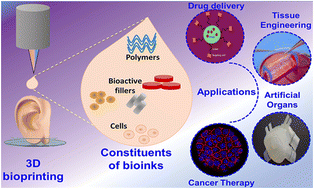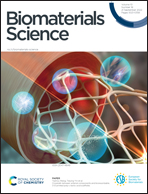A focused review on three-dimensional bioprinting technology for artificial organ fabrication
Abstract
Three-dimensional (3D) bioprinting technology has attracted a great deal of interest because it can be easily adapted to many industries and research sectors, such as biomedical, manufacturing, education, and engineering. Specifically, 3D bioprinting has provided significant advances in the medical industry, since such technology has led to significant breakthroughs in the synthesis of biomaterials, cells, and accompanying elements to produce composite living tissues. 3D bioprinting technology could lead to the immense capability of replacing damaged or injured tissues or organs with newly dispensed cell biomaterials and functional tissues. Several types of bioprinting technology and different bio-inks can be used to replicate cells and generate supporting units as complex 3D living tissues. Bioprinting techniques have undergone great advancements in the field of regenerative medicine to provide 3D printed models for numerous artificial organs and transplantable tissues. This review paper aims to provide an overview of 3D-bioprinting technologies by elucidating the current advancements, recent progress, opportunities, and applications in this field. It highlights the most recent advancements in 3D-bioprinting technology, particularly in the area of artificial organ development and cancer research. Additionally, the paper speculates on the future progress in 3D-bioprinting as a versatile foundation for several biomedical applications.



 Please wait while we load your content...
Please wait while we load your content...